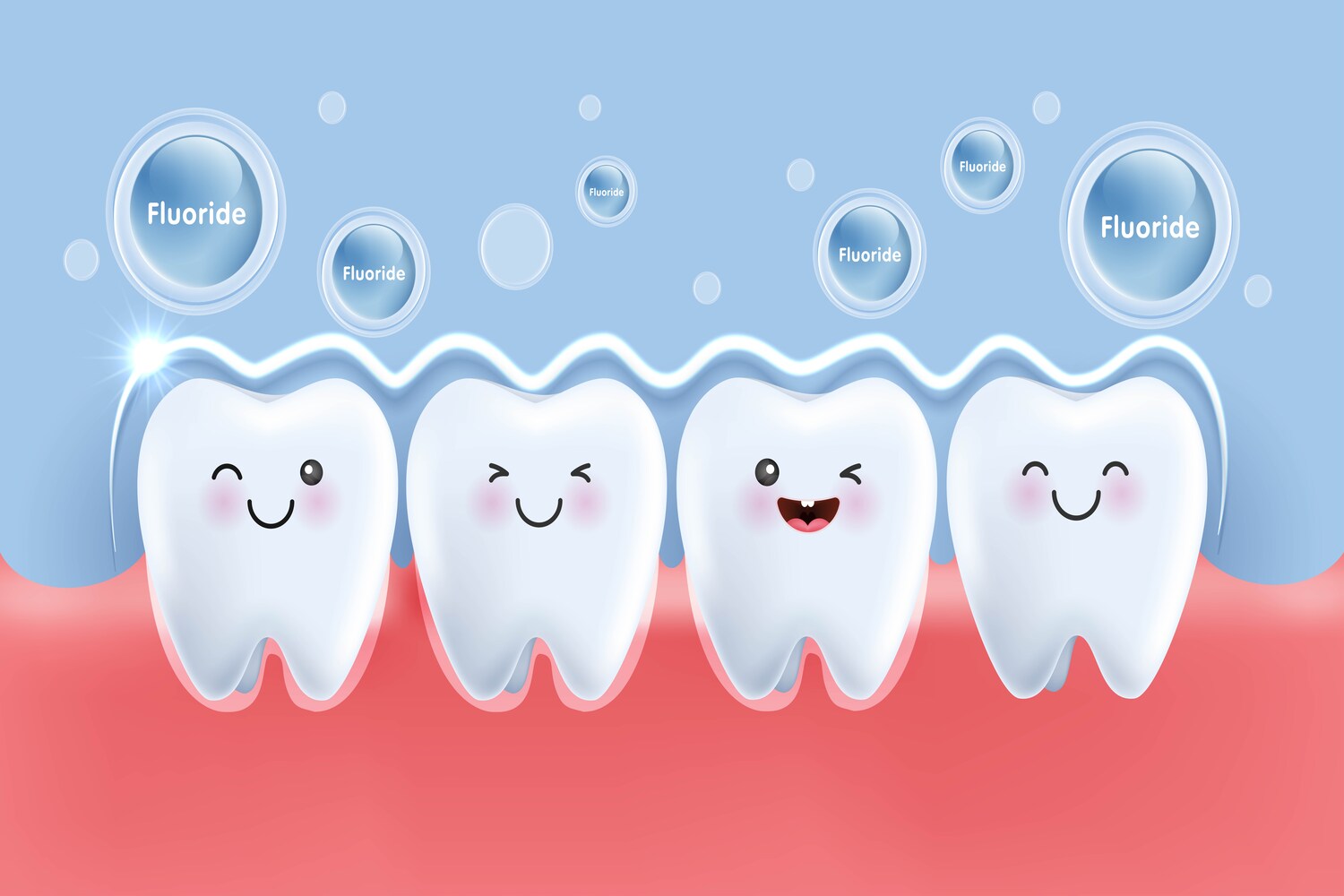
Healthy teeth and gums are crucial to your child’s overall health. Tooth decay is one of the most prevalent dental issues suffered by millions globally. However, among them, children are considered to be more prone to tooth decay due to poor oral hygiene, prolonged bottle feeding, and unhealthy eating habits. Fortunately, modern dentistry offers a wide range of preventive measures that can be adopted to prevent the onset or halt the progression of tooth decay in kids. One such trending and revolutionary preventive measure is fluoride treatment for kids.
What is fluoride treatment for kids? Does it prevent tooth decay in kids? Well, read this informative blog to get answers to all your queries. We will discuss everything about fluorides, their benefits, and the mode of administration for children to help improve their oral health. Improved oral health from the beginning helps pave the way for a strong foundation laid for permanent dentition.
What is Fluoride?
Fluoride is an essential trace element that occurs naturally in rocks, plants, oceans, and groundwater. In dentistry, dentists use fluorides to strengthen the teeth and reduce the risk of cavities (1). It can be added to either your dental products like varnish and toothpaste or into the community drinking water.
Why is Fluoride Important?
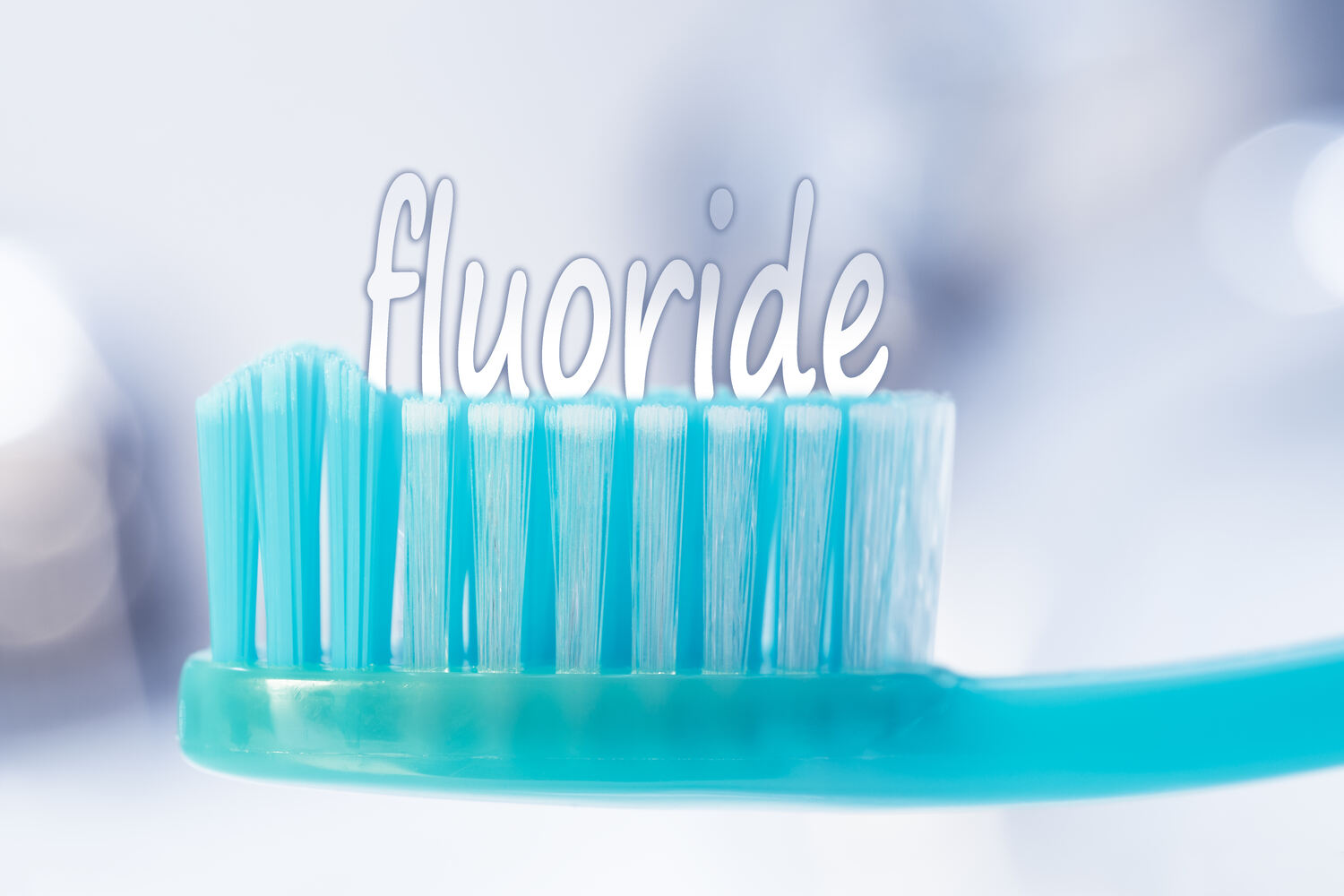
Fluoride is an essential mineral that helps prevent tooth decay or can even reverse early tooth decay to halt its progression. When kids eat or drink, the oral bacteria feed on the sugars and starches. This releases harmful toxins, acids, and other by-products that can erode the enamel layer of the tooth. This is the hard, outermost layer of the tooth which when breaks down, decay and cavities occur.
Fluoride possesses the ability to penetrate the enamel, making it stronger and more resistant to acid attacks. It promotes remineralization (minerals get redeposited into the enamel after the acids strip them away) (2a). Furthermore, fluoride can easily incorporate itself into the developing permanent teeth buds as well, making them less prone to cavities.
Fluoride can effectively hinder acid production and prevent cavities in people of all ages. According to the Centers for Disease Control and Prevention (CDC), drinking fluoridated water can decrease cavities by approximately 25% in kids and adults (3).
Is Fluoride Safe For Kids?
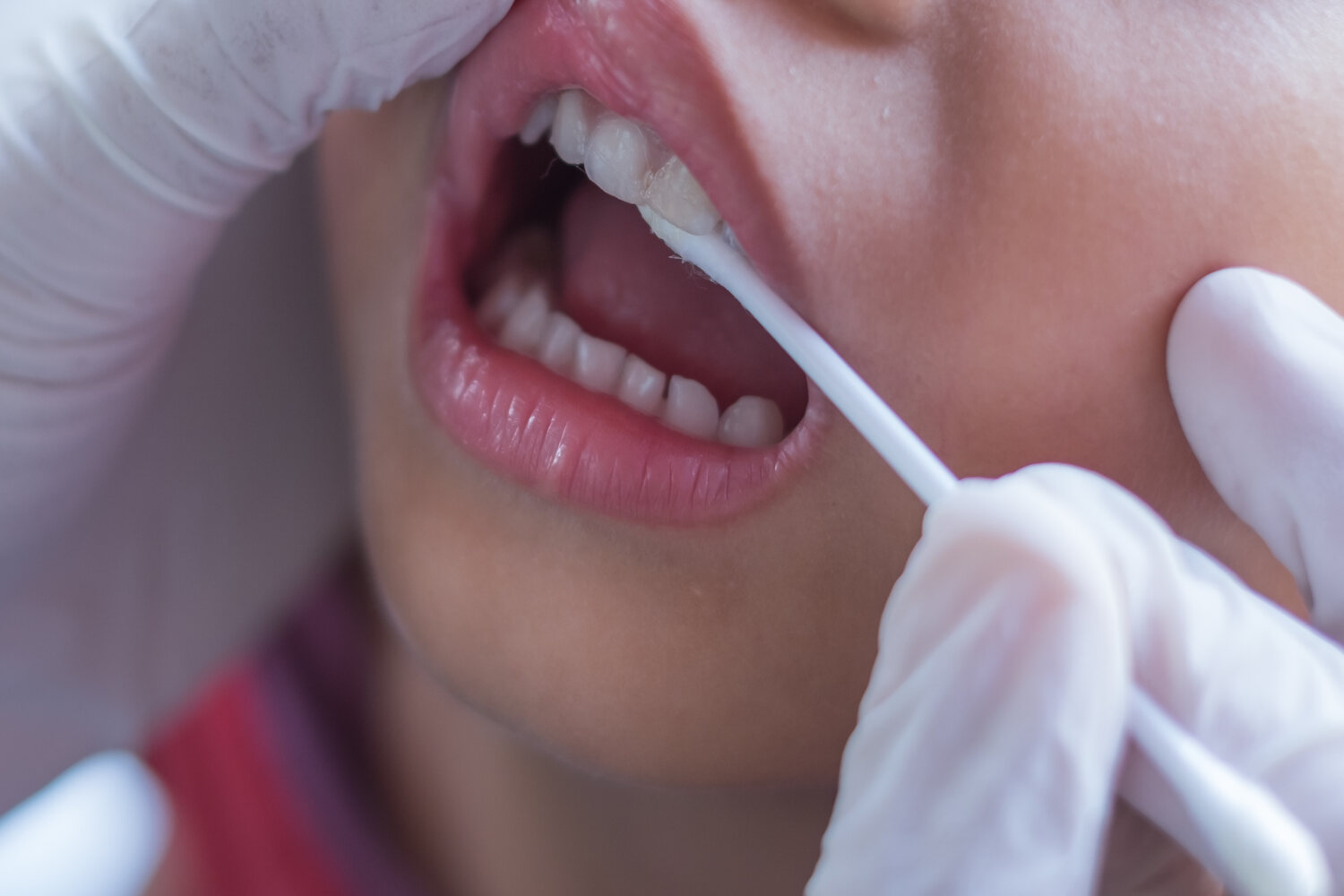
Yes, fluoride is safe for kids and it has been endorsed by several health organizations like the American Dental Association to the World Health Organization, for decades (4). However, care should be taken to incorporate fluorides in the correct dose.
Getting too much fluoride in early childhood can lead to fluorosis (resulting in white spots or pitting of the enamel) (5). Therefore it is essential to discuss with a pediatric dentist to determine the correct amount of fluoride and the apt mode of administration to keep your children’s teeth strong.
What is Fluoride Treatment For Kids And How Does it Work?
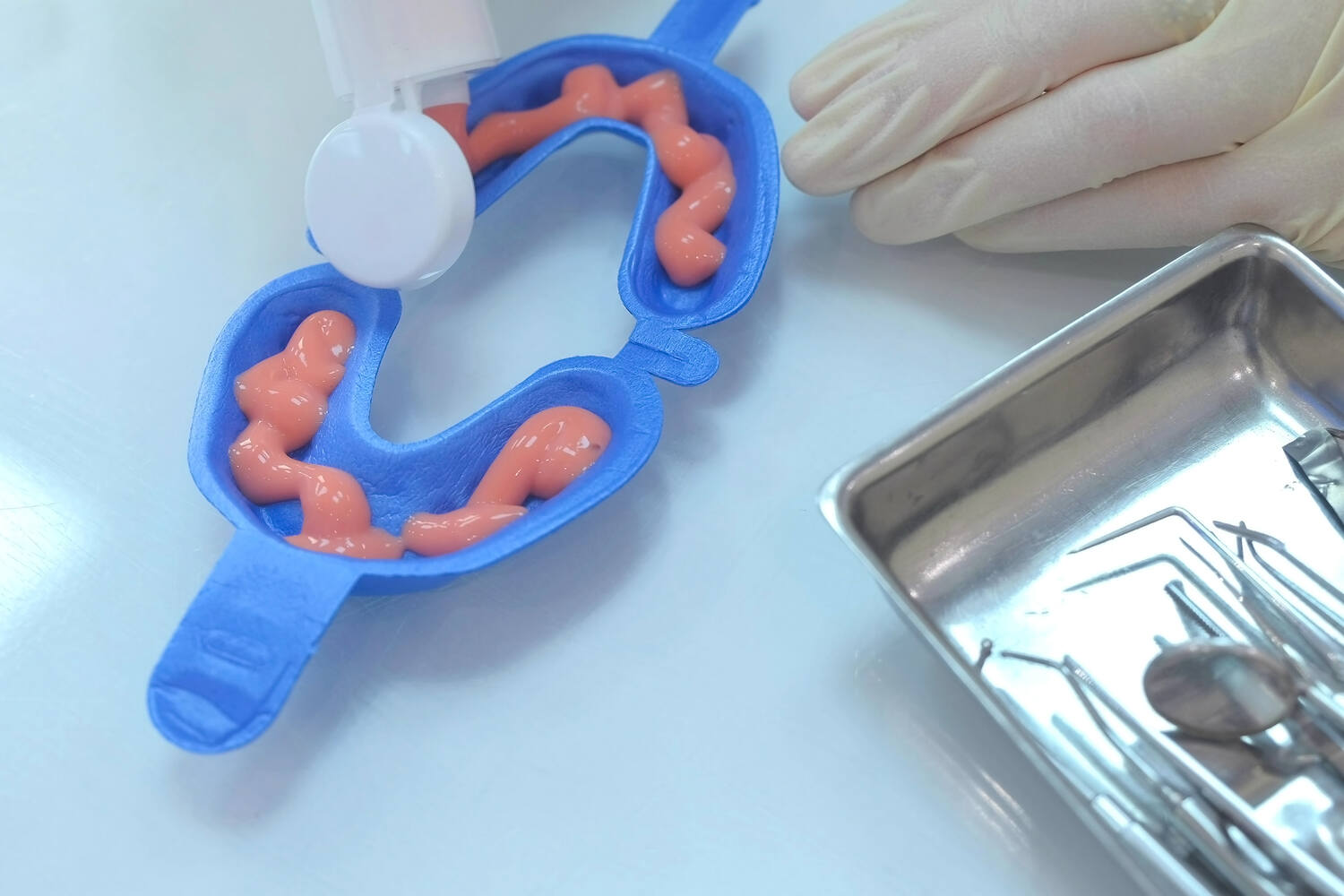
A fluoride treatment can be in the form of a varnish, gel, or foam. Fluorides in the form of a gel or foam are loaded into special trays which your child bites and holds in place for a few minutes.
However, currently, dentists are opting for fluoride varnish since it is more convenient and easy to use for kids. The dentists simply apply a layer of varnish on the teeth surfaces. The varnish hardens immediately when it comes into contact with saliva. This poses a lower risk of swallowing or ingesting the fluoride. This should be followed by proper post-procedure care wherein kids must refrain from eating or drinking anything for half an hour after the treatment, and six hours before brushing their teeth.
Benefits of Dental Fluoride Treatments For Children

Fluoride has proven to be effective for optimal oral health in people of all ages since it offers several benefits. Some of the compelling benefits of dental fluoride for kids include the following-
1. Strengthens Enamel
The bacteria in the mouth may combine with the sugars from the food and drinks consumed to form harmful acids. This can weaken the enamel and erode it. Fluorides help stop demineralization and encourage tooth remineralization by helping the enamel absorb calcium and phosphate. This makes the enamel layer strong and resistant to acids and other toxins (2b).
2. Preserves Primary Teeth
Since fluorides aid in the remineralization of the enamel layer, they can successfully prevent, halt, or reverse tooth decay. This greatly prevents the premature loss of primary teeth and helps in the proper alignment of permanent teeth when they erupt (6).
3. Regulates Bacteria
While some oral bacteria are beneficial, having too much can also be a cause of concern. It is considered to be the prime cause of tooth decay and gum disease. Fluorides harm the bacteria and regulate their amount in your child’s mouth to reduce the risk of cavity formation (7a).
4. Saves Money
Fluorides can prevent tooth decay. Thus, it decreases your child’s chances of needing restorative dental procedures. This greatly reduces your cost.
5. Safe
When fluoride is used appropriately by a skilled and well-trained pediatric dentist, it is considered safe by several medical and health organizations. Your child’s pediatric dentist can determine the amount of fluoride required based on your child’s oral health needs. This can prevent fluorosis in the long run.
What Are The Other Sources of Fluoride?
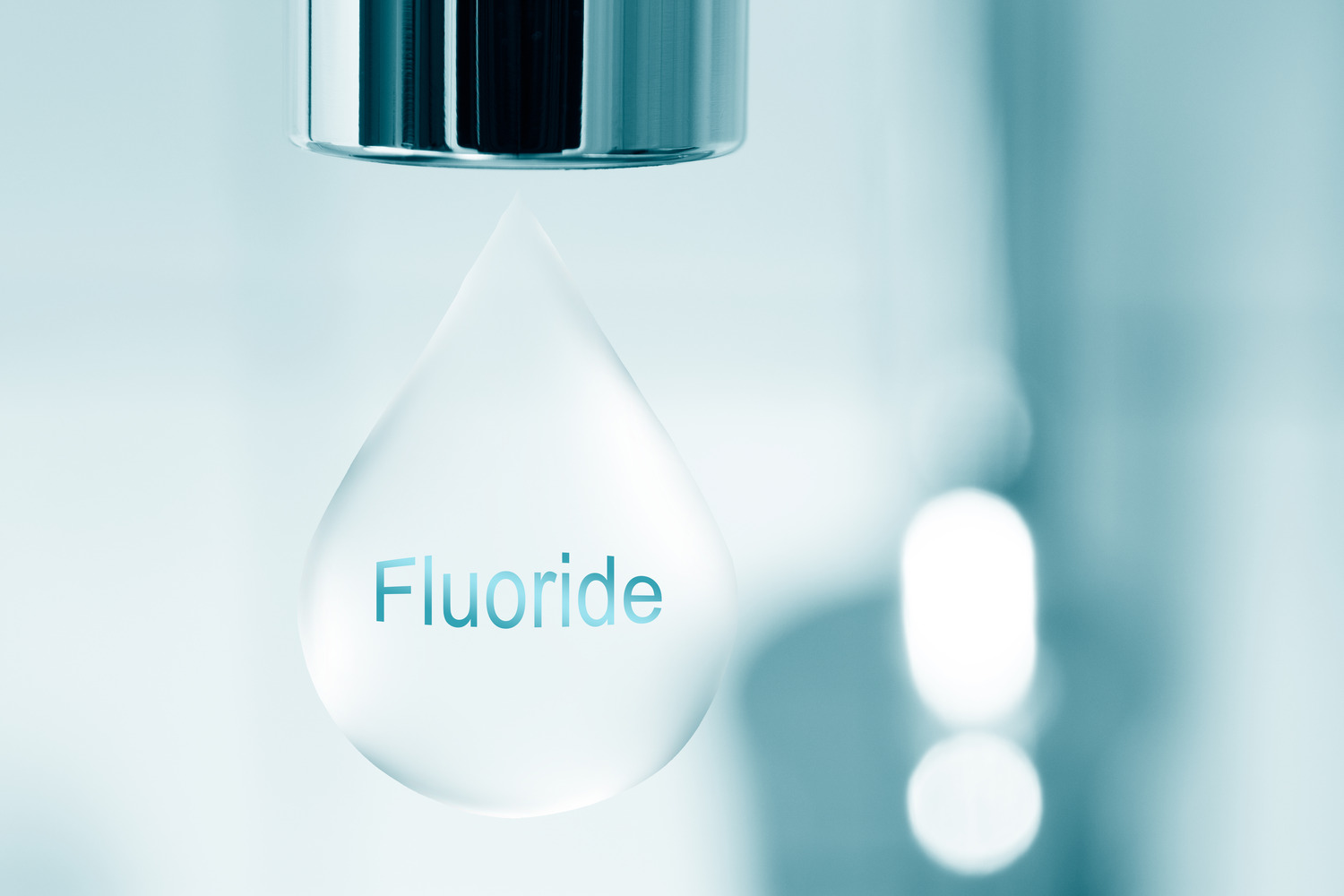
Apart from a fluoride treatment, your child can get fluoride from other useful and effective resources. These include-
- Fluoridated water
- Fluoride toothpaste (the size of a grain of rice for children below 2 years, and pea-sized for ages between 3 and 6)
- Fluoride mouthwash (2c)
- Slow-release fluoride beads (7b)
When Should Kids Get Fluoride Treatments?
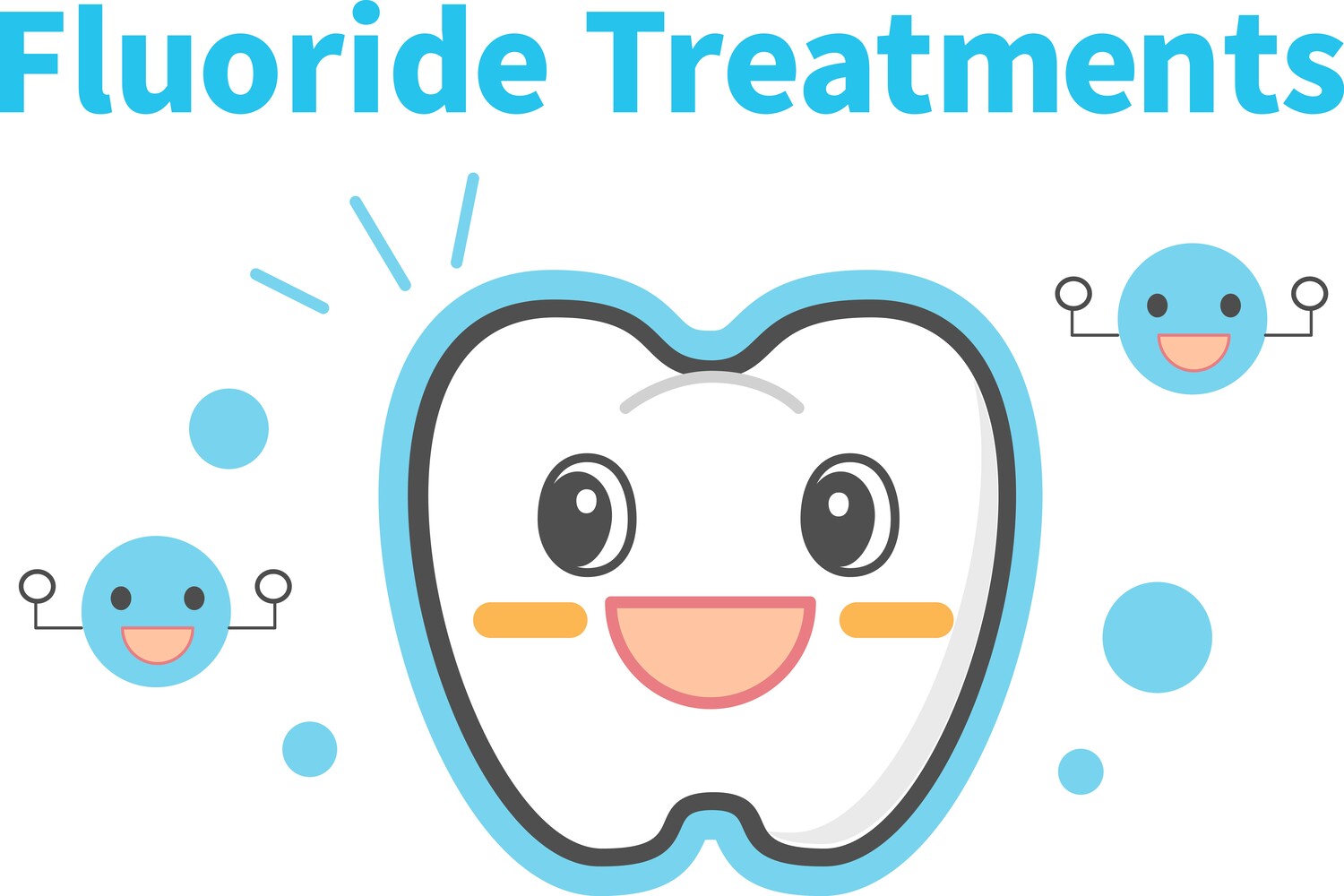
Even though your kids may be getting their dose of fluoride from community water, toothpaste, and mouthwashes, they need to get fluoride treatment. It is recommended to get these treatments twice a year unless your child has a particularly high risk for tooth decay (7c). Fluoride treatment should be continued until at least the age of 16.
Fluoride is a naturally occurring mineral that plays a crucial role in maintaining or improving oral health, especially in children. It successfully aids in remineralization of the enamel to prevent, halt, or reverse tooth decay in people of all age groups. When administered in moderate doses fluoride can do wonders for the oral health of your child. It paves the way for a strong foundation laid for the eruption of healthy permanent teeth. Discuss with the pediatric dentist about the dose that your child requires to help prevent cavities.
FAQ’s
1. How Can I Treat my Child For Fluoride at Home?
You can use fluoride at home for your child in two methods. One is fluoride toothpaste which is recommended for children over the age of 2 years. Fluoride toothpaste should be used in the amount of the size of a rice grain. Second, it can be used as a prescription dental product containing fluoride.
2. What Are The Side Effects of Fluoride in Children?
Usually, fluorides are safe for children over the age of 2 years. However, increased use of fluoride leads to the risk of indigestion (especially toothpastes) which can lead to side effects like white spots on the teeth surfaces. This condition is known as dental fluorosis. If not addressed early it can affect the developing bones in children.
3. What Age Can a Patient Get Fluoride Treatment?
Earlier the ideal age for fluoride treatment was over the age of 2 years. However, the American Academy of Pediatric Dentistry (AAPD) advises children between the ages of 6 months to 16 years can have some form of fluoride treatment or fluoride application through toothpaste. It is best to consult your child’s dentist to determine if your child is an ideal candidate for fluoride treatment.
4. Why is Fluoride Important to my Child’s Dental Health?
Children are more prone to tooth decay due to poor oral hygiene and unhealthy eating habits. Fluorides play a key role in preventing the occurrence of decay or halting the disease progression by making the enamel more resistant to the action of acids and toxins produced by oral bacteria.
References
- Tenuta LM, Cury JA. Fluoride: its role in dentistry. Braz Oral Res. 2010;24 Suppl 1:9-17 – https://pubmed.ncbi.nlm.nih.gov/20857070/
- Mankar N, Kumbhare S, Nikhade P, Mahapatra J, Agrawal P. Role of Fluoride in Dentistry: A Narrative Review. Cureus. 2023 Dec 21;15(12):e50884. – https://www.ncbi.nlm.nih.gov/pmc/articles/PMC10799546/
- U.S Centers For Disease Control And Prevention, Community Water Fluoridation – https://www.cdc.gov/fluoridation/index.html
- National Institute Of Health. Fluoride – https://ods.od.nih.gov/factsheets/Fluoride-HealthProfessional/
- DenBesten P, Li W. Chronic fluoride toxicity: dental fluorosis. Monogr Oral Sci. 2011;22:81-96 – https://www.ncbi.nlm.nih.gov/pmc/articles/PMC3433161/
- Ramakrishnan M, Banu S, Ningthoujam S, Samuel VA. Evaluation of knowledge and attitude of parents about the importance of maintaining primary dentition – A cross-sectional study. J Family Med Prim Care. 2019 Feb;8(2):414-418 – https://www.ncbi.nlm.nih.gov/pmc/articles/PMC6436316/
- Nassar Y, Brizuela M. The Role of Fluoride on Caries Prevention. [Updated 2023 Mar 19]. – https://www.ncbi.nlm.nih.gov/books/NBK587342/
